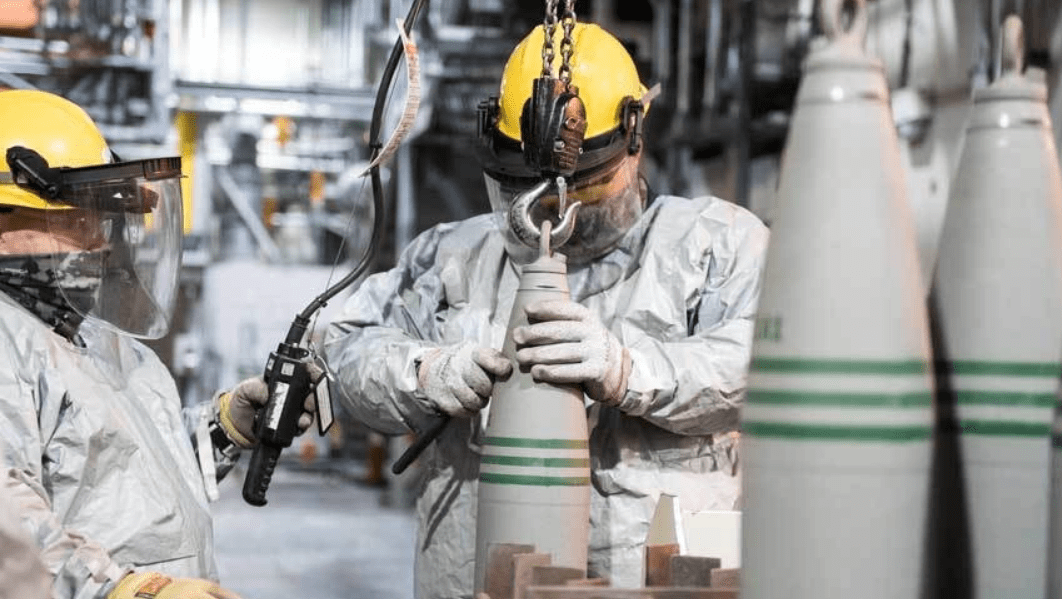

Years behind schedule and several times over budget, the United States’ declared chemical weapons stock is fully destroyed.
The last batch of munitions containing sarin gas, a deadly nerve agent, were disarmed on Friday, July 7 at the Blue Grass Chemical Agent-Destruction Pilot Plant in Kentucky. The destruction was verified by the Organisation for the Prohibition of Chemical Weapons.
“I congratulate all States Parties, and the United States of America in this instance, on this major achievement for the international community. The end of destruction of all declared chemical weapons stockpiles is an important milestone for the Organisation. It is a critical step towards achieving its mission to permanently eliminate all chemical weapons,” OPCW Director-General Ambassador Fernando Arias said in a statement.
The Kentucky plant handled the destruction of more than 50,000 M55 rockets filled with sarin.
Subscribe to Task & Purpose Today. Get the latest military news and culture in your inbox daily.
The sarin gas destruction comes only a few weeks after the Army destroyed a stockpile of mustard gas at its Pueblo Chemical Depot in Colorado. The Colorado and Kentucky caches were the final pieces of a once massive arsenal of chemical weapons.
The stockpile is one that has grown for more than a century. It included mustard gas from the middle of the 20th century as well as more modern weapons, such as cluster munitions containing nerve agents. Despite nations including the United States condemning the use of these weapons after World War I, they continued to amass them. The United States eliminated some of its weapons starting in the early 1990s and in 1997 the Chemical Weapons Convention, an international arms control treaty signed by 193 countries, went into effect.
Under the Chemical Weapons Convention, the military was supposed to have eliminated its stockpile in 2007, almost two decades ago. It was granted a five-year extension but failed to meet that as well. The U.S. gave itself a deadline of finishing the work by Sept. 30 of this year, which it finally met. The total cost of eliminating the weapons was $42 billion, 2,400 times over budget, according to the New York Times.
Despite years of efforts, chemical weapons remain around the world and have been used in war. Syria’s regime used sarin gas against civilians and rebels during the Syrian Civil War.
“Recent uses and threats of use of toxic chemicals as weapons illustrate that preventing re-emergence will remain a priority for the Organisation,” Arias added.
The military is now working on safely disposing of the hazardous waste left over at both the Colorado and Kentucky sites.
The latest on Task & Purpose
- We salute the USS Chung-Hoon for flying its battle flag on the way back to port
- The New Yorker makes a joke of the Army’s tactical bra. It’s not
- The Army’s yearslong fight over its controversial new fitness test isn’t over yet
- Army names finalists in race to replace M2 Bradley Fighting Vehicle
- The A-10 is retiring and the Air Force has no close air support replacement